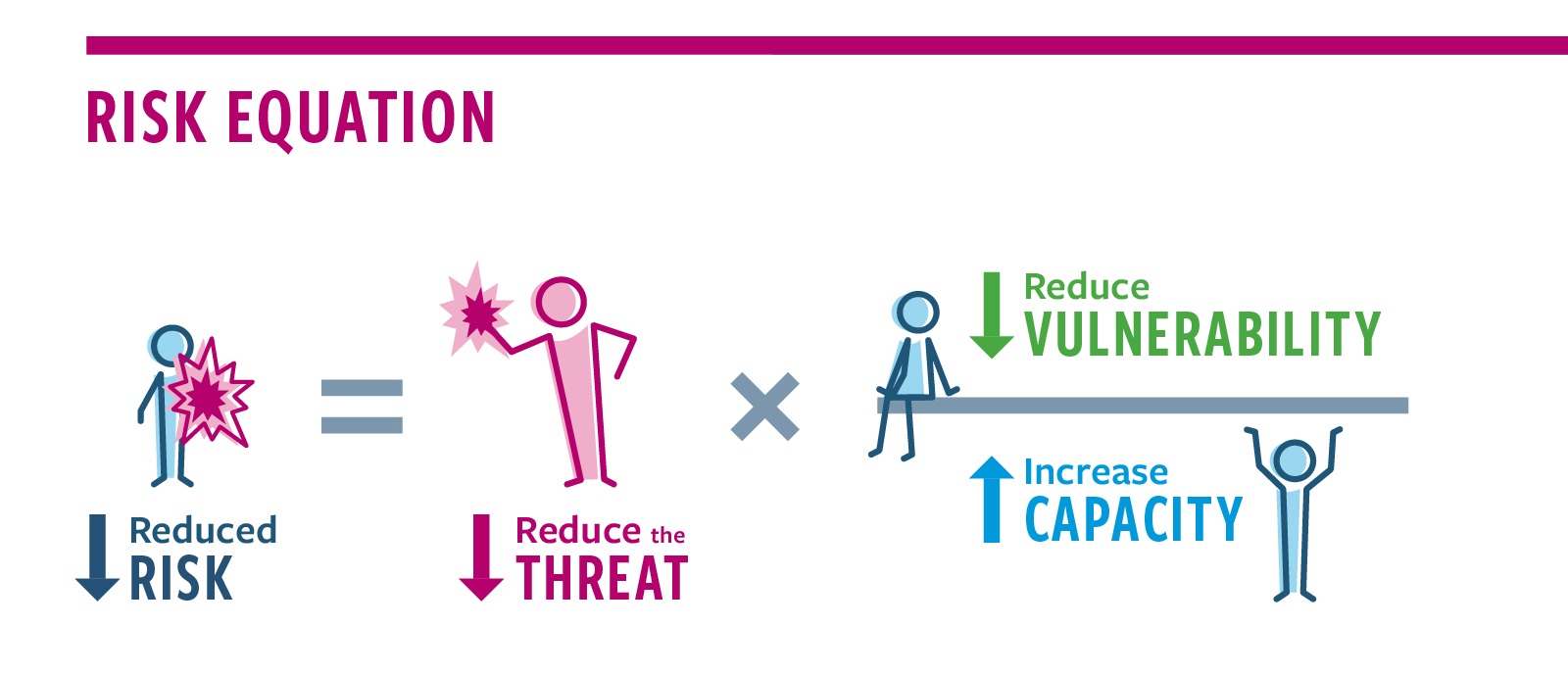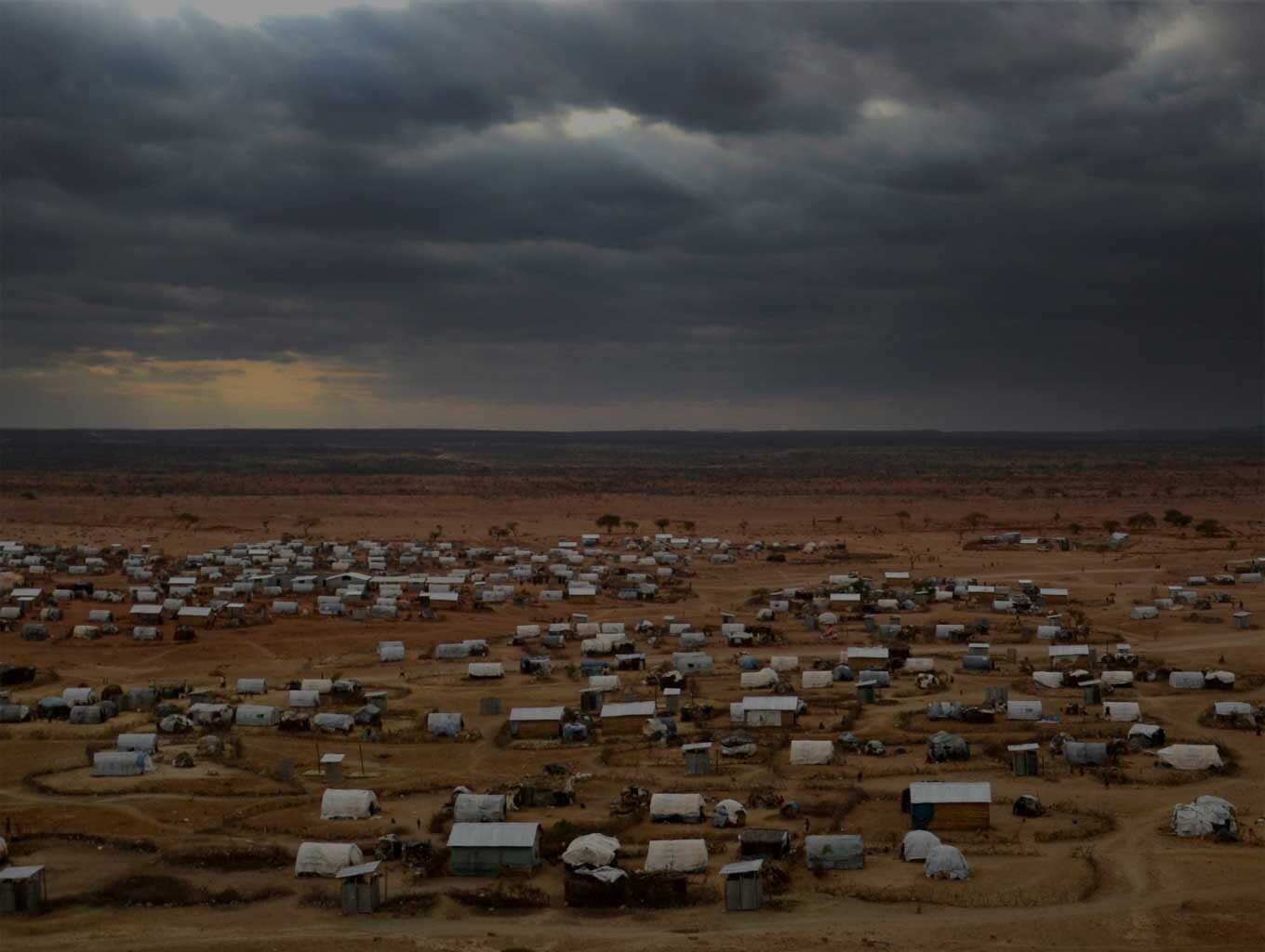Results-Based protection is an approach that puts people at the center of protection, and protection at the center of humanitarian action. But, it it is not just about incorporating – or “mainstreaming” – protection into all programs. Not just about fulfilling the responsibility we all have to “do-no-harm”. Results-Based Protection approaches protection as an outcome, as a goal that we are trying to achieve. This way of thinking allows us to develop strategies to prevent and reduce protection risk, by coordination and cooperating across sectors and stakeholders.
To understand how to achieve a protection outcome, protection analysis must identify and break down protection risks. Who is responsible for the threat and why? Who are the people who are most vulnerable to this threat? What capacities do communities have to reduce, mitigate and response to this threat on their own? Once we understand these factors we can develop strategies to address them. Strategies can include ways to change the behavior of those responsible for the threat, ways to reduce the vulnerability of those exposed to the threat, and ways to increase community capacity to respond. All humanitarian actors have a role in contributing to a protection strategy.

WHAT CAN YOU DO? Expand All
Is a lack of livelihoods opportunities increasing vulnerability to sexual exploitation? Does your analysis of coping strategies to food insecurity include an understanding of protection risks that manifest as negative coping strategies? Do your community health workers have a unique understanding of gender dynamics that contribute to gender-based violence?
How can your programs – regardless of sector – contribute to protection risk reduction. Could teachers in an education program be in a position to negotiate with an armed actor to increase the safety of children in schools? Can your food distribution sites be planned in such a way that they reduce risks that people face as they travel to receive food? Can your livelihoods programs be targeted so they reduce adolescent girl’s vulnerability to sexual exploitation? Can your access negotiators engage with armed actors about restrictions on freedom of movement for civilian populations?
You can contribute to broader strategies across the humanitarian community for risk reduction in a number of important ways. Can you collaborate with other actors to develop advocacy messages on priority protection risks in your areas of operation? Can you use your platform in a cluster, forum or on an HCT to insist that risk reduction is considered a collective priority?
All humanitarian actors have a responsibility to work towards risk reduction for affected populations, even if protection is not your primary job function or sector. So, how can you include protection outcomes into your work?
